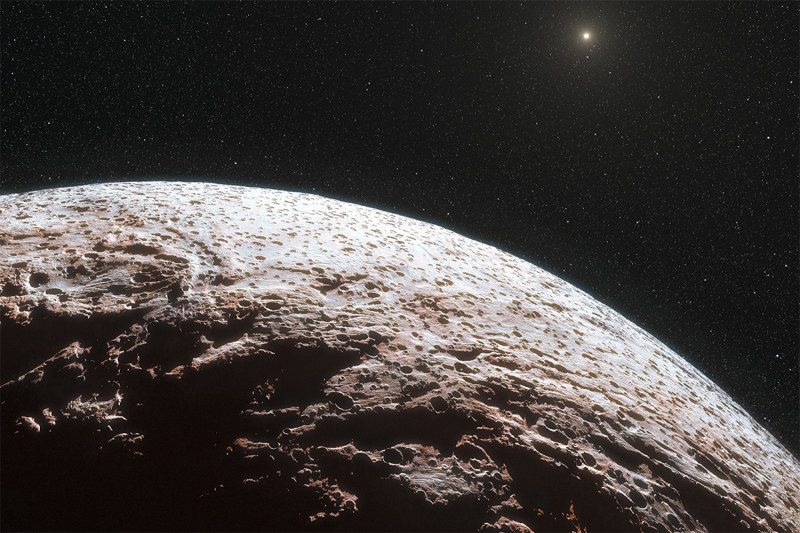
For the most part, the Solar System seems to be a rather well-ordered place; the planets, dwarf planets, and asteroids keep circling the Sun in regular orbits, the moons keep orbiting the planets, and so on. There are exceptions, however, such as how Uranus rotates “on its side” as compared to other planets and how Venus rotates in the opposite direction to most other planets. Now, astronomers have discovered another similar oddity, in the outer fringes of the Solar System: a small, asteroid-like object whose orbit is not only highly tilted against the orbital plane of the planets, but is also orbiting backwards compared to them. And it’s not alone. It appears to be part of a larger group of objects all doing the same thing. Weird …
The object, nicknamed Niku (Chinese for rebellious), is a trans-Neptunian object (TNO), which orbits out past the orbit of Neptune. It was discovered by a team of astronomers using the Panoramic Survey Telescope & Rapid Response System (Pan-STARRS) telescope in Haleakala, Maui. But its odd behavior has astronomers stumped for the time being.
“I hope everyone has buckled their seat belts because the outer Solar System just got a lot weirder,” said Michele Bannister, an astronomer at Queens University in Belfast.
Being about 160,000 times fainter than Neptune, its size has been calculated to be less than 124 miles (200 kilometers). Right now, it is above the plane of the Solar System in its orbit and moving upward. That orbit is tilted at 110 degrees to the plane of the rest of the Solar System. The fact that it is also orbiting backwards compared to most other objects in the Solar System makes it more puzzling. Objects in the Solar System tend to orbit in a flat plane, but Niku’s refusal to do so, and orbiting backwards at the same time, makes it “rebellious” indeed.
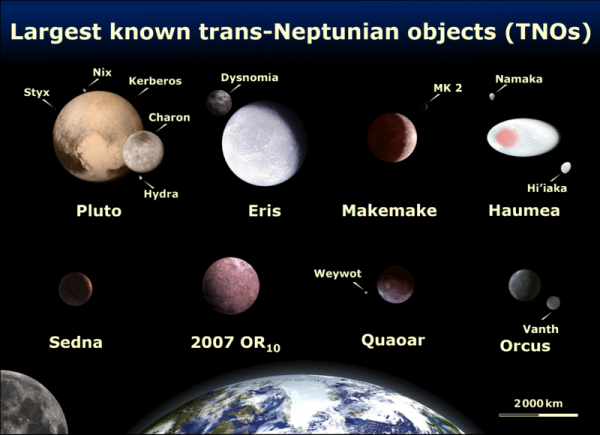
“Angular momentum forces everything to have that one spin direction all the same way,” said Bannister in New Scientist. “It’s the same thing with a spinning top, every particle is spinning the same direction.”
So why would Niku be behaving differently?
“It suggests that there’s more going on in the outer Solar System than we’re fully aware of,” said Matthew Holman at the Harvard-Smithsonian Center for Astrophysics, part of the team that discovered Niku.
“Whenever you have some feature that you can’t explain in the outer Solar System, it’s immensely exciting because it’s in some sense foreshadowing a new development,” added Konstantin Batygin, at the California Institute of Technology (Caltech).
The discovery of Niku is weird enough, but there’s more: Astronomers have also found that it seems to be just one in a group many similar objects all behaving the same way. They are all orbiting at the same tilt and in the same direction. The question of course is why? Venus’ and Uranus’ odd rotations are thought to result from previous collisions with other large objects. That scenario might work for just Niku as well, but how does it explain the same behavior among a whole group of similar objects?
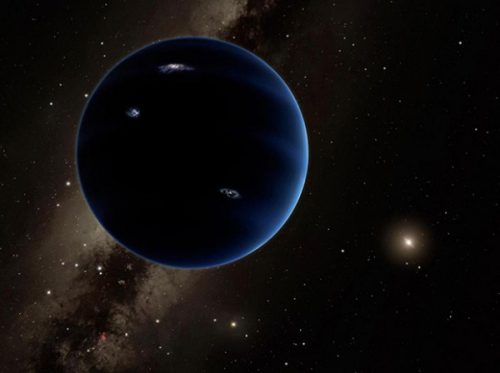
Basically, “We don’t know the answer,” said Holman. As Bannister also noted: “It’s wonderful that it’s so confusing. I’m looking forward to seeing what the theoretical analysts do once they get their hands on this one.”
Pluto is the largest known trans-Neptunian object, residing in the Kuiper Belt, followed by Eris, 2007 OR10, Makemake, and Haumea. The Kuiper Belt and Oort Cloud both contain TNOs. Pluto has, of course, been the subject of much attention for the past year or so, since the New Horizons spacecraft successfully flew past the dwarf planet in July 2015, the first-ever visit to this far-off world. The discoveries made there have been covered extensively by AmericaSpace.
How does this new discovery relate to the possible Planet Nine which has also been a topic of much interest and debate recently? Astronomers have found new evidence for a possible additional large planet far beyond Neptune, but its exact location is still unknown. Since this planet is thought to be much larger than Earth, it is referred to as a probable planet rather than a dwarf planet, like Pluto. If confirmed, this would make it the ninth planet in the Solar System, according to current guidelines (a matter of intense debate itself, of course). According to current studies, Planet Nine is thought to have a mass 10 times that of Earth and orbit 20 times farther from the Sun than Neptune, on average. Neptune has an average orbit of 2.8 billion miles from the Sun, for perspective.
“This would be a real ninth planet,” said Mike Brown, the Richard and Barbara Rosenberg Professor of Planetary Astronomy. “There have only been two true planets discovered since ancient times, and this would be a third. It’s a pretty substantial chunk of our Solar System that’s still out there to be found, which is pretty exciting.”
“Although we were initially quite skeptical that this planet could exist, as we continued to investigate its orbit and what it would mean for the outer solar system, we become increasingly convinced that it is out there,” said Batygin, an assistant professor of planetary science. “For the first time in over 150 years, there is solid evidence that the Solar System’s planetary census is incomplete.”
With these new discoveries relating to Niku, it would seem indeed that the planetary census is incomplete. Another question is whether these new objects could help astronomers locate Planet Nine? It would seem plausible, since some objects in the Kuiper Belt appeared to show evidence of gravitational influence from a much larger object farther out—tentatively Planet Nine. There may even be very slight effects on the orbit of Saturn, as seen by Cassini. In this case however, it seems unlikely. Niku and its associated objects are actually too close to the rest of the Solar System; Planet Nine would have little if any gravitational affect on them, being much farther away.
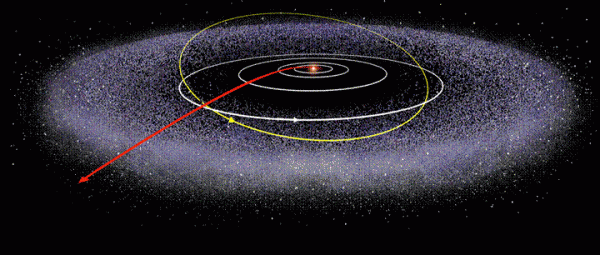
There was also another theory that Planet Nine may actually be another Kuiper Belt-type swarm of objects. The possibility was presented by researchers Ann-Marie Madigan and Michael McCourt at Harvard University, and suggested that this secondary Kuiper Belt is more massive than the one we already know about.
“We should have a new Kuiper Belt that’s far more massive than the current-day Kuiper Belt, at larger distances, and preferentially lifted off the plane of the major planets,” Madigan said.
Could Niku and its companions be part of that? Perhaps, but we just don’t know yet.
Niku may not bring astronomers any closer to finding Planet Nine, but it does present new questions regarding the origin and evolution of the Solar System. Why Niku and its neighbors are behaving the way they do isn’t clear yet, but this puzzle is a reminder that there is still a lot to learn about the planets, dwarf planets, and other objects which make up our Solar System. Things aren’t always as straightforward as we might think they should be, but that is part of the excitement of exploring and discovering the unexpected.
The new paper regarding the discovery of Niku is available here.
Want to keep up-to-date with all things space? Be sure to “Like” AmericaSpace on Facebook and follow us on Twitter: @AmericaSpace
Missions » New Horizons »




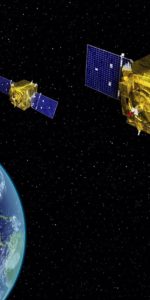
Thank you Paul Scott Anderson for another thought provoking and enjoyable article!
Keep on going with your great writing!